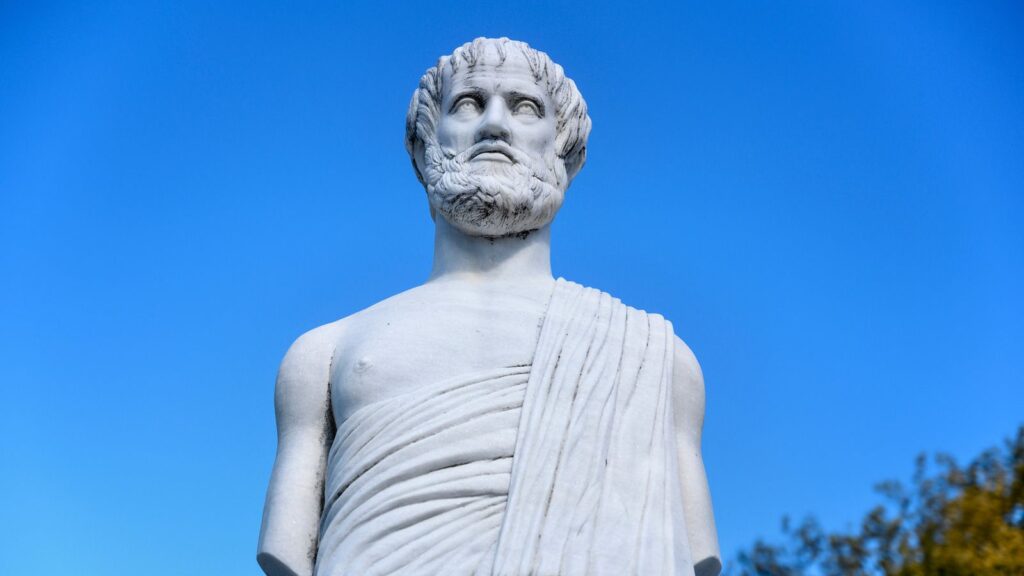It’s Not Luck. Brands Are Intentionally Persuasive. It’s Not Luck. Brands Are Intentionally Persuasive.
?TLDR: In summary, an old Greek man with much hair identified three characteristics for persuasion:
- Logos: use of logical argument and reasoning (stats, evidence, data)
- Ethos: credibility and character (status, reputation)
- Pathos: use of emotions (fear, joy, comfort)
Companies and brands that use these well (ideally in concurrence) are more likely to influence a marketplace than brands that do not.

Many believe Big A was made of stone, but he wasn’t. They are just statues.
If you’ve ever wondered why one brand seems to get all the attention while the other very similar brand doesn’t, here’s why.
Aristotle, an ancient Greek philosopher identified three methods for human persuasion. These three pillars of persuasion are important for companies and brands because they provide a framework for understanding how and why people are persuaded to make choices in different situations. The strategic use of logos, ethos, and pathos helps individuals and organisations to achieve the response they seek from a marketplace.
According to the Internet, we see between 6,000 and 10,000 advertisements per day. Even if these numbers sound inflated, we know through personal experience that we are exposed to an immense amount of ad content every day. To cut through the mess, companies use logos, ethos, and pathos to trigger the right response from the right audience in order to get the result they are hoping to achieve. The choice of the right celebrity, the right colours and typography, the right placement and so on all contribute to the likelihood of influence.
Logos, ethos, and pathos
Logos
Logos refers to the use of logical argument and reasoning in persuasion. This can include the use of data, statistics, and evidence to support a claim. Examples of logos in action include attributes like stats, reviews, testimonials, and other data to support the claims a brand makes.

Teddy is suffering from an acute inhalation injury. At this stage the source of the chemical is unknown...
The example above uses logos to strengthen its claims of being effective. Whether or not being able to kill 100 germs is good or not, who knows. But it seems like a lot, which can be enough to compel the decision maker to choose this over another.
Ethos
Ethos refers to credibility and character. An audience will be more likely to be persuaded if they perceive the entity or individual as being trustworthy, knowledgeable, and genuine. The audience will also be more likely to be persuaded if the speaker is relatable, enviable, or able to establish common ground with them.

Michael Jordan now owns the building in the background, and most of this entire block.
Celebrity endorsements are an example of using an individual’s character, achievements and reputation to build the persuasion of a product. What we now refer to as influencers are essentially high-powered celebrity endorsement vehicles.
Pathos
Pathos refers to the use of emotions in persuasion – appealing to the audience’s values, desires, or fears. By evoking emotions in the audience, a sense of urgency or motivation is created to trigger an action.

Calm down. The safety is on.
Here is an example of Pathos in action. The confronting scene of a small child holding an assault rifle jars immediately. It evokes emotion and may compel the viewer to take action or at least continue the conversation (though some will be turned off and will turn away, potentially rendering the message ineffective).
The most effective persuasion comes from a combination of all three pillars. By using logos to present a logical argument, ethos to establish credibility, and pathos to appeal to a marketplace’s emotions, we can create more powerful and persuasive messages and stand a better chance of being seen and heard.









